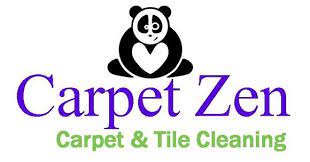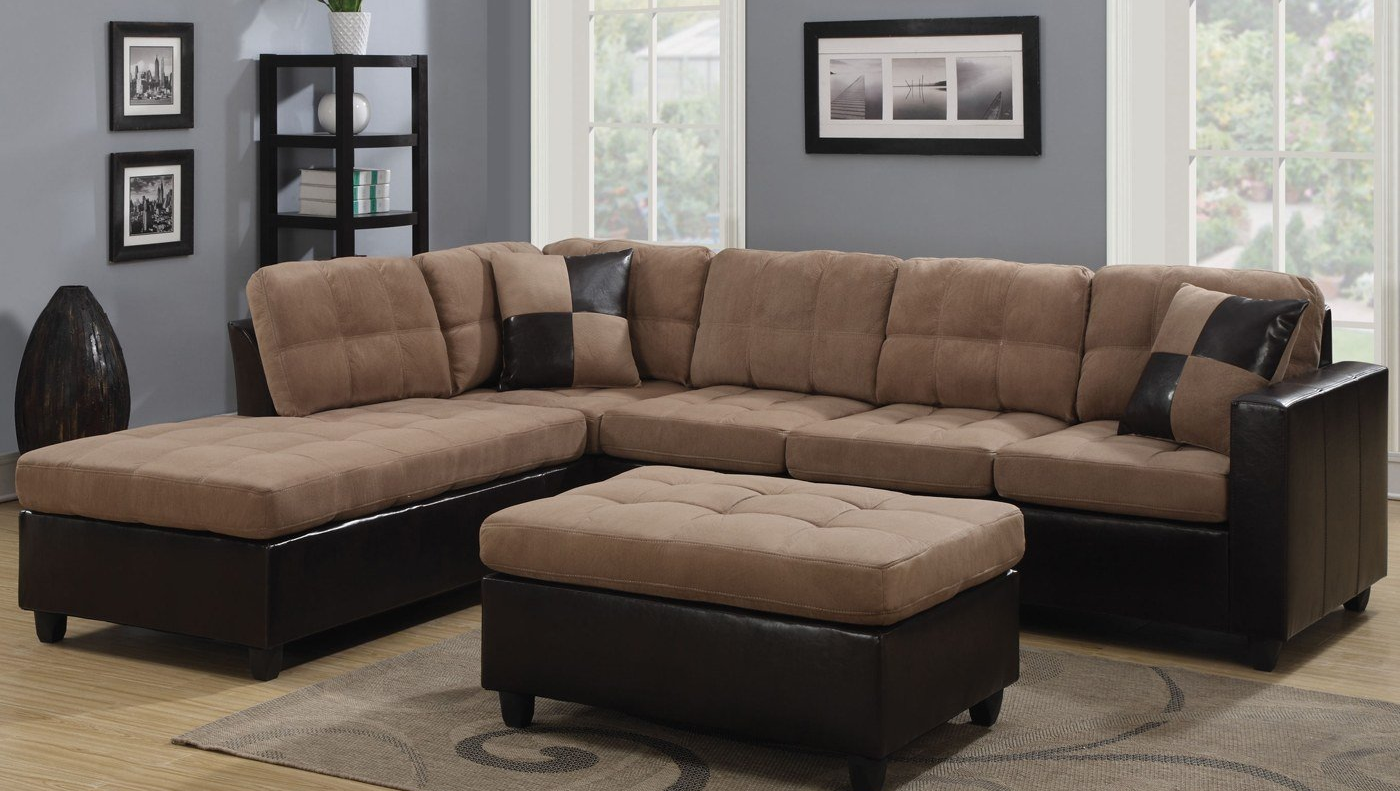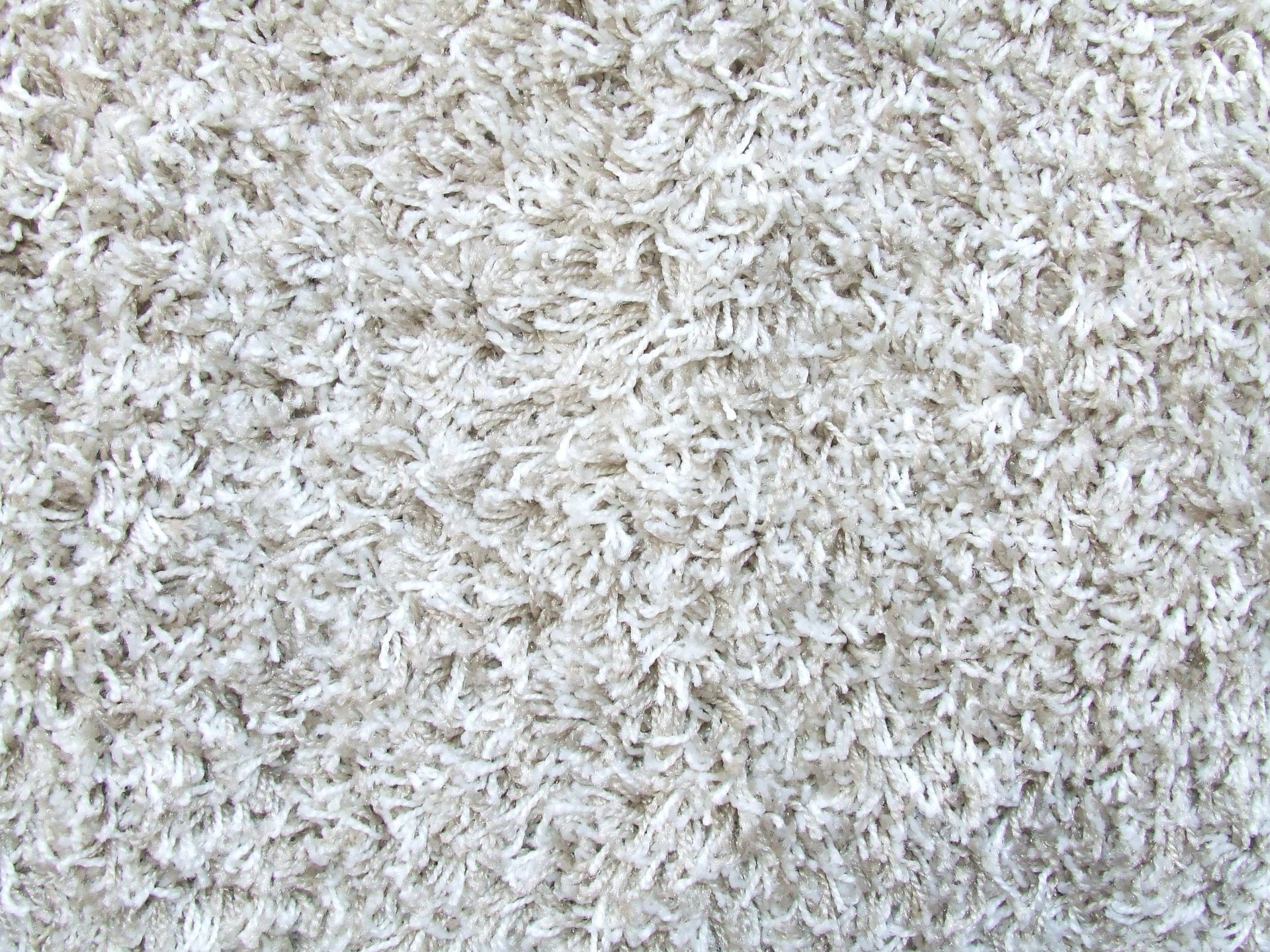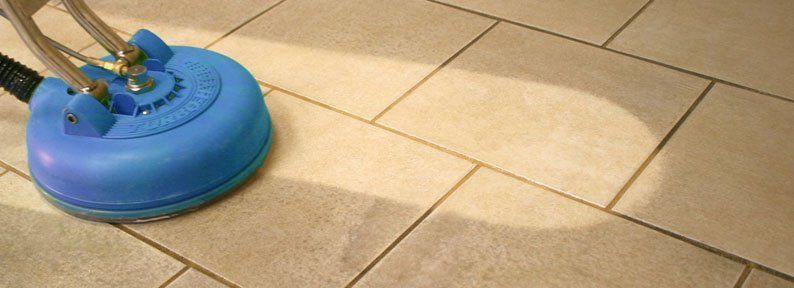What Are You Breathing?
- By Amanda Henderson with www.safechildren.info
- •
- 22 Aug, 2018
- •

How Cleaning Your Home's Air Protects Your Family's Health
What Are You Breathing? How Cleaning Your Home's Air Protects Your Family's Health
The number one concern of any parent is simply for their children to be safe, healthy, and happy. It goes without saying that clean air in your home can help keep your kids healthy. However, many people don't realize that the air inside their homes may not be as "pure" or "clean" as you might believe.
Furthermore, the United States Environmental Protection Agency says that many people don't connect their health conditions to the air quality of their homes because symptoms sometimes don't manifest until years after exposure. This means the air quality of your home today might still affect your child's health, potentially for many years to come.
If you're a parent who is looking to provide a cleaner, safer home environment for your entire family -- including yourself as well as your children -- read on for some tips.
Air Quality Killers-
If your children keep getting sick, such as with a chronic cough, year-round allergies, or recurring cases of pneumonia, you might want to increase the air quality in your home. Here are some factors that impact air quality inside the home:
Mold is a surprisingly common trigger of a wide variety of health-related conditions, from asthma and allergies to eye irritation and difficulty breathing. Mold grows best in damp areas, such as bathrooms, or in homes that have lots of indoor plants.
Carbon monoxide is a silent, deadly killer that can strike at any moment. Rather than putting your family at risk, having a working carbon monoxide detector with good batteries is a must. Check your carbon monoxide detector and regularly replace the batteries to ensure it's in proper working order.
Although we often associate allergies with being outdoors, the fact is that allergens include more than just pollen. Pet dander, dust mites, that bouquet of flowers on the kitchen table, and even tobacco smoke can all be major triggers of allergies and asthma.
Air Quality Control
While it can be upsetting to realize your home's air isn't as clean as you thought it was and that your children are breathing all these contaminants into their tiny lungs, don't fret. Yes, this can be a problem if left untreated, but there are many actions you can take to reduce allergens and pollutants in your home's air.
First, you might consider taking advantage of modern technological advances. For instance, dehumidifiers suck moisture out of the air while fans help air circulate throughout the home. Both can work wonders in reducing the mold in your home, including toxic black mold.
Try to keep your home as clean as possible. Regularly sweep and mop, as well as change your bedsheets each week (at a minimum), to reduce the amounts of dust, dust mites, pet dander, and other allergens. Don't allow anyone to smoke inside your home. If you have pets, keep them well-groomed; even non-shedding hypoallergenic pets can still track environmental allergens like pollen into the home when they go outside.
You might also invest in an air purifier -- or even one for each room -- to help remove allergens, bacteria, viruses, and harmful contaminants. There are many price ranges and varieties of air purifiers available on the market. Try to find one that uses a HEPA filter, which do a better job of trapping things like pollen, pet dander, dust mites, and even tobacco smoke.
Finally, another device you might consider purchasing is an electrostatic air filter. These special air filters can assist you in cleaning the pollutants out of the air in your home. An electrostatic air filter can remove pollen, dust mites, mold, and bacteria, but you should do some research before purchasing one to ensure you're getting the right air filter (including the right size) that will truly protect your family's lungs.
In addition to treating the air in your home, your child might also require allergy injections, an asthma inhaler, or other medications to help control symptoms and boost your child's quality of life. It's not worth suffering in silence or making them wait while you try to pinpoint the issue. These days, there are many technologies and techniques for helping your family breathe properly and enjoy each day -- both indoors and outdoors!











